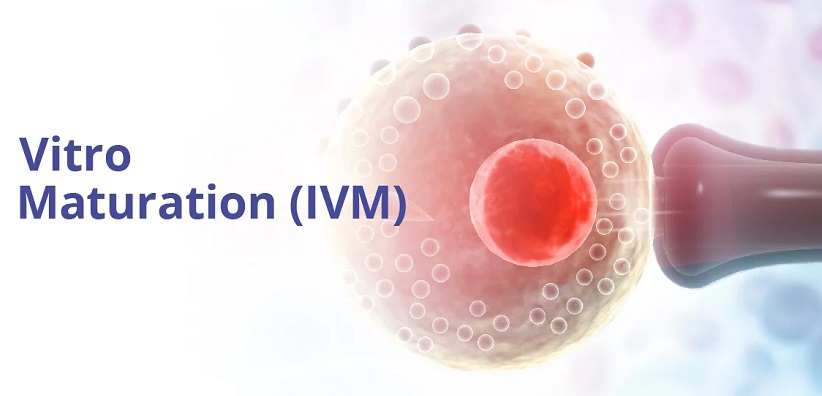In vitro maturation (IVM) is when a woman’s eggs are collected and matured outside the body. This is done as part of an in vitro fertilization (IVF) procedure.
A woman’s eggs (also called oocytes) are formed before she is born. These eggs stay in a resting state in her ovaries until puberty, when normal hormonal changes cause an egg to mature (ripen) and be released each month.
When a woman undergoes IVF, she usually takes medicine to cause more than 1 egg to mature at the same time. These eggs are collected before they are released from the ovary, and are then paced with sperm in the laboratory in hopes of fertilization. In some cases, some or all of the oocytes (eggs) that are collected are not mature and ready to be fertilized. In years past, these eggs were not able to be used for IVF. Advances in science have allowed embryologists to take these immature eggs and sometimes “ripen” them in vitro (in the laboratory). This is called IVM. The eggs may be frozen for later use (as immature eggs, mature eggs, or embryos after they have been combined with sperm and fertilized). Or, they may be matured, fertilized, and placed into a woman’s uterus in hopes of pregnancy.
Why use IVM?
To prevent ovarian hyperstimulation syndrome (OHSS) IVM may be considered for women with polycystic ovary syndrome (PCOS) or PCO- like ovaries. These women are at greatest risk of OHSS. OHSS is an exaggerated response to medicines used to induce ovulation, especially after the use of injectable gonadotropin agents when hCG is used for final follicular maturation (for more information about OHSS, see the ASRM patient fact sheet titled Ovarian hyperstimulation syndrome [OHSS]). However, using different medication for final follicular maturation called leuprolide (GnRH agonist) instead of hCG greatly reduces this risk and can be used as an alternative to IVM.
